Advancements in Drug Development
Innovations in drug development methodologies are transforming the landscape of the Depression Drug Market. Recent advancements in pharmacogenomics and biotechnology have led to the creation of novel antidepressants that target specific neurotransmitter systems. For instance, the introduction of rapid-acting antidepressants, such as ketamine and its derivatives, has shown promise in treating resistant depression. The market is projected to grow as these new therapies become more widely accepted and integrated into treatment protocols. Additionally, the ongoing research into the neurobiology of depression may yield further breakthroughs, potentially leading to more effective and personalized treatment options. This evolution in drug development is likely to attract investment and interest from pharmaceutical companies, thereby enhancing the overall market.
Increasing Prevalence of Depression
The rising incidence of depression across various demographics appears to be a primary driver for the Depression Drug Market. According to recent estimates, approximately 264 million individuals are affected by depression worldwide. This growing prevalence necessitates the development and availability of effective pharmacological treatments. As awareness of mental health issues increases, more individuals are seeking help, thereby expanding the market for depression drugs. The Depression Drug Market is likely to experience significant growth as healthcare providers prioritize mental health, leading to increased prescriptions and a broader range of treatment options. Furthermore, the integration of mental health services into primary care settings may enhance access to depression medications, further propelling market expansion.
Regulatory Support for Mental Health Treatments
Regulatory bodies are increasingly recognizing the importance of mental health treatments, which is likely to benefit the Depression Drug Market. Recent initiatives aimed at expediting the approval process for new antidepressants and mental health therapies suggest a supportive regulatory environment. For instance, the designation of breakthrough therapy status for certain innovative treatments can significantly shorten the time to market. This regulatory support not only encourages pharmaceutical companies to invest in research and development but also enhances patient access to new therapies. As a result, the Depression Drug Market may witness accelerated growth, driven by a steady influx of new and effective treatment options.
Growing Awareness and Acceptance of Mental Health
The increasing awareness and acceptance of mental health issues are pivotal in shaping the Depression Drug Market. Public campaigns and educational initiatives have contributed to a reduction in stigma associated with mental health disorders, encouraging individuals to seek treatment. This cultural shift is reflected in the rising demand for depression medications, as more people recognize the importance of addressing mental health. The market is expected to expand as healthcare systems adapt to this changing landscape, offering more resources and support for those affected by depression. Furthermore, the integration of mental health into overall health care policies may lead to increased funding and research, further bolstering the Depression Drug Market.
Integration of Technology in Treatment Approaches
The integration of technology into treatment approaches is emerging as a transformative factor in the Depression Drug Market. Digital health solutions, such as teletherapy and mobile health applications, are increasingly being utilized alongside pharmacological treatments. These technologies facilitate better patient engagement and adherence to medication regimens, potentially improving treatment outcomes. The market is likely to benefit from this synergy, as patients gain access to comprehensive care that combines medication with behavioral health support. Moreover, the use of data analytics in monitoring treatment efficacy may lead to more personalized approaches, further enhancing the Depression Drug Market. As technology continues to evolve, its role in mental health treatment is expected to expand, driving market growth.



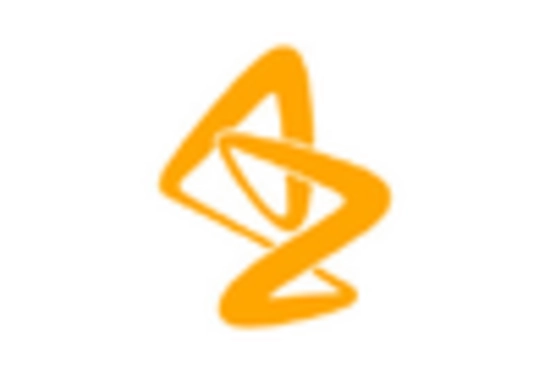
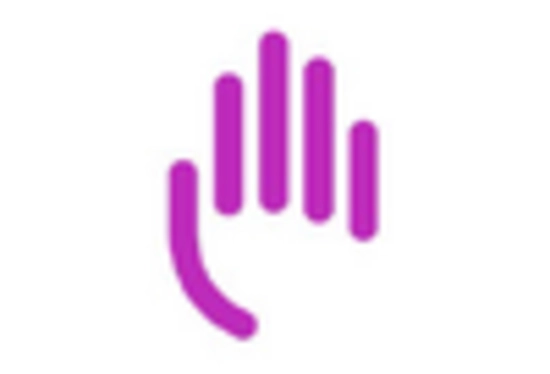
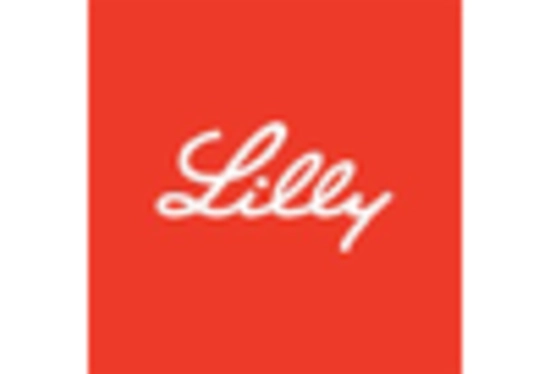
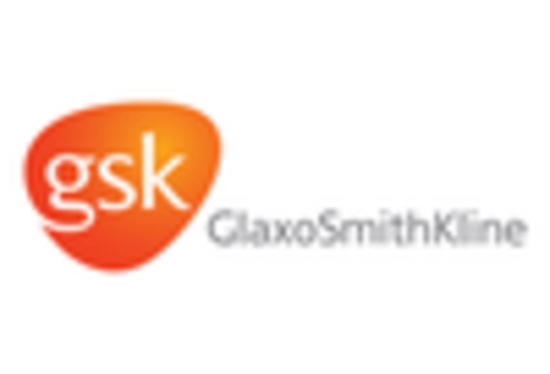

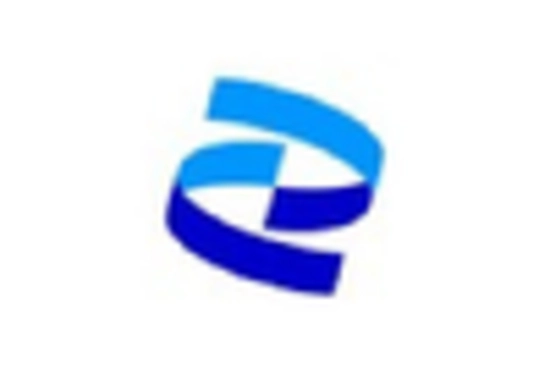








Leave a Comment